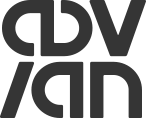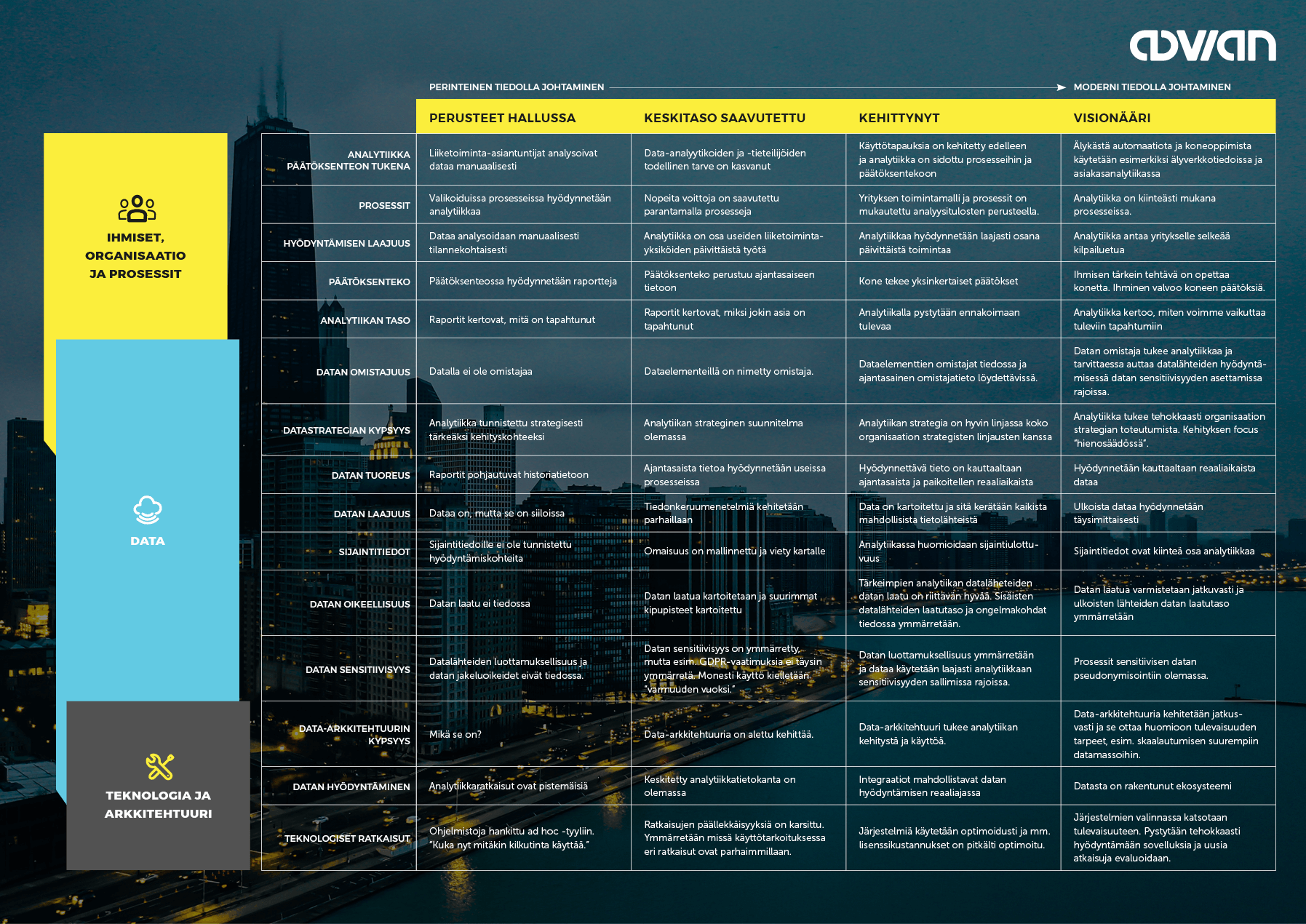Where can you find the sweet spots of external data? Dive into the deep end and learn how you can accelerate and enhance your work with the help of external data.
Out to the sea
The world is filled with data.
People, phones, cars, and even refrigerators are constantly collecting and storing a huge amount of interesting material in a more or less usable format - not to mention satellites and planes. Thanks to an active Open Data -movement, which is becoming more and more powerful, a lot of this material can be easily found and they are completely free to use.
A former colleague of mine has compared working with data to fishing. Since the sea is full of fish (of course not really, but let's live in a sustainable world for a moment), it's important to find a suitable catch for your purpose. In this case, analysis and other utilization of the data can be compared to the making of a good salmon or tuna pasta. (The meal must, of course, be sustainably caught and be of certified fish.)
As a result of the current course of development, the opportunities offered by external data to increase operational efficiency are growing at least at the same pace. External data can be defined, for example, as all data that is produced and acquired from outside the respective actor.
Whatever the context of your work, say, research, forestry or even the world of insurance and finance, there are several sources behind the keyboard and monitor where you can get more data - that is, information and wisdom. At its best, the supply of data is both extensive and varied, but it can be overwhelmingly immersive at its worst. Therefore, it's a good idea to start by framing your thinking. “Everything exists” is not a very encouraging pair of words in this context.
Well, what is then? I like to structure the data universe a tiny bit more violently, reflecting a familiar separation of contexts from my time at the university:
There is the natural environment around us with its forests, waterways, differences in altitude and weather conditions, and on the other hand the built environment that we created with its properties, buildings and roads.
Currents flow in the above environments: water, traffic, and telecommunications. These flows, on the other hand, have a number of mobile and hard-working actors: people, companies and vehicles.
For all of this, there is remote sensing data from satellites and planes available that paints a comprehensive picture of the environment. At the ground level, there is device-based information, all the way to sensor data, that constantly measures a growing portion of the physical world. In addition, there's information available in the form of materials published by the actors who conduct the orchestra – governing bodies. In the end, there is a binding, pre-chewed and so-called traditional, structural statistical data for the whole entity.
Of course, in order not to go into mere listing, it should be noted that all of the above are worth approaching through a number of additional dimensions:
- How achievable is the data I crave? Is it behind a payment wall or registration, or is it completely free?
- At what resolution, temporal or spatial, do I need information? Do I need to know how many people enter in a particular store on an hourly basis, or would annually updated zip code statistics on the population of the area be enough?
Bring out your recipes
How to bring external data into your daily work?
The most common challenge after finding suitable data sources is probably to integrate these data into existing ones. When processing multiple data sources, a key that combines different entities (such as a name or postal code) is not always available, and the more data sources used, the more complex the work steps become. So, what to do?
Almost all data is proportional to location in one way or another. Mobile data provides indicative information on people's movements, buildings and the actors in them can be placed on a map by address, and statistics are often created on the basis of some regional division. Thus, location data can provide a powerful tool for combining and relating different data sources.
For example, the weather conditions in a given environment can be imported to support route planning based on the coordinates of the nearest weather station, and consumer flows moving in the nearby area of the business premises can be mapped by comparing location data and coordinate pairs from mobile phones
To the kitchen
What could the use of external data in current operations mean in practice?
In the insurance sector, combining open weather data with open forest inventories, commercial aerial imagery, and real estate data can help in near real-time identification and even prediction of storm damage. With the help of data published by research institutes and data of the shape of the ground, can flood risks be assessed in the most accurate possible way.
In brick-and-mortar business, operations can be made more effective by combining traditional sales data with visitor flow measurements obtained from cameras or other sensors placed on doors and separated by age and gender. At the same time, the overall picture can be extended to flows outside the store measured by mobile data from commercial sources.
In site planning, on the other hand, potential site locations can be mapped, for example, by utilizing internal data from existing sites, open regional consumer statistics, and commercial data describing historical and current traffic flows.
Would you like to know more about external data and its use in analytics? For more information and links to free open data sources, see our External Data Sources in Analytics guide.
How to start?
In conclusion, the inclusion of external data in current activities starts with the identification of data gaps.
- What is the question I need an answer to?
- Which operations currently seem ineffective?
- Would model M work better if I knew more about A?
Alternatively, it's a good idea to take a moment to map out the sources of external data and follow even smaller bursts of ideas. What could I do if I had an Excel file called E?
From the combination of ideas and the existing data sources, the need for data might become clear even faster. Thus, narrowing down to the right sources according to your capabilities and uses is almost done!
However, this is not always so easy, and relying on the help of experts can ease your workload. From the link below you'll get to learn about our Location Intelligence Innovation -workshop. As a result of the workshop, you'll get a concrete and reasoned insight into the most fruitful development targets in location intelligence.
Do you want to talk more?
Book an online meeting with us here 👇

Learn more about our Data Advisory services
Dive deeper beneath the surface with us and maximise your business benefits.

Topics: Location Intelligence, Advanced Analytics, Leadership, External Data














